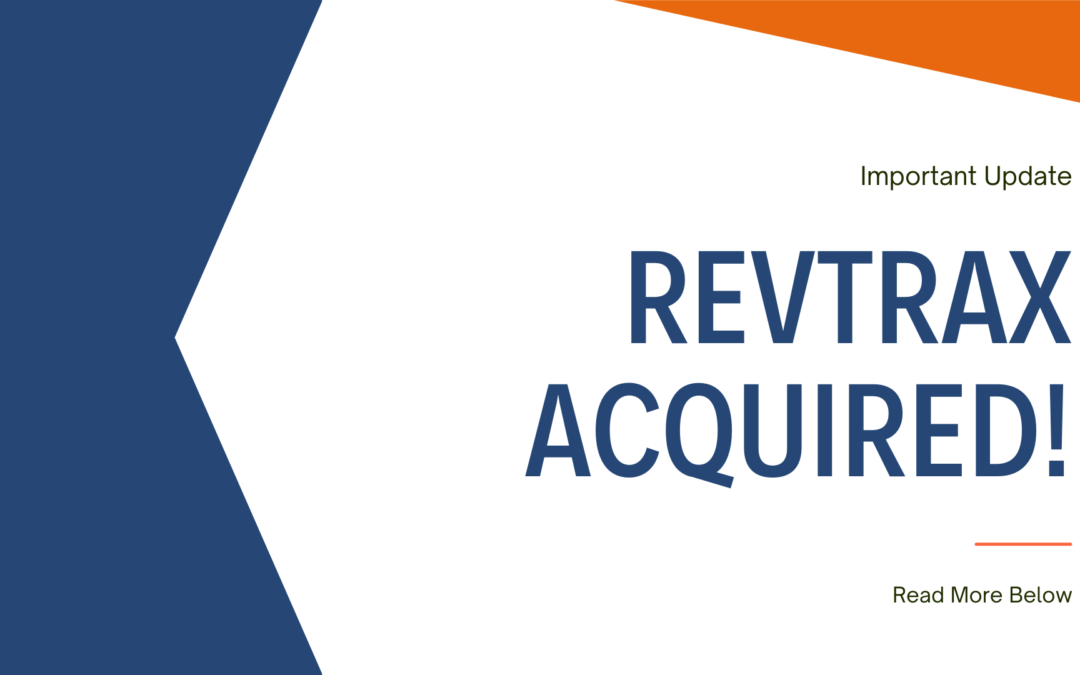As new digital solutions have emerged across the martech landscape, it’s led to better outcomes in consumer data and opt-in efforts, better targeting, higher conversions, and higher sales. And while these tools have pushed the industry forward in so many ways, the methodology and tools surrounding promotions have largely remained static. Brands have sat in conference rooms, crunched the numbers, and accepted some blanket discount number is enough to motivate enough customers to buy without encroaching on margins to an untenable degree.
For too long, promotions teams simply haven’t had the technology options in front of them to be the “digital transformation” heroes in their organizations. Instead of taking a more dynamic, surgical approach to individualized promotions, broad-based discounting has been the only option.
Things don’t need to be this way. As the digital revolution has impacted countless facets of marketing operations, promotions are the final frontier, and are finally ready to evolve to meet the moment. The future of promotional marketing is dynamic, not static; and when promotions teams embrace new tools they’ll be best positioned to improve conversions and response rates all while maintaining price control and ensuring profitability.
Leveraging Automation Without Sacrificing Control
Sometimes in discussing the digital transformation we wind up speaking abstractly, so let’s define what new tools mean for promotions teams. By leveraging new technology such as RevTrax’s artificial intelligence platform, consumers can be targeted on an individual level and offered discounts tailored to their demonstrated buying habits and unique price sensitivity scores.
In practice, instead of offering all site visitors a 30% off offer, more price-sensitive consumers can be offered a 50% discount, while other consumers that are less price sensitive may only see a 10% offer. Marketers end up with increased conversions from those price sensitive consumers who wouldn’t have bit at the 30% offer, while at the same time, they don’t lose out on any sales from the less price sensitive ones who are going to bite at the lower offer. In turn, everybody wins: consumers get what they want, at the prices they can afford (or perceive that they can) and marketers sell more of their wares.
This perceived lack of control over who receives what discount is a major barrier for promotions teams to embracing dynamic offers. For example, if this dynamic pricing campaign is deployed and more consumers are claiming 50% discounts than those claiming 10%, it could cut into margins, which means less profit and an unsuccessful campaign. Promotions teams know firsthand that when marketing teams that are only focused on conversions are given the go-ahead to offer deeper and deeper discounts, they take it. So giving the green light to a high-level 50% discount could spell disaster for profit optimization if not reined in.
With a solution like RevTrax, however, margins can always be kept in check by “stop limits,” similar to stock trades. When automatically monitoring which discounts are being claimed, discount values can be toggled on or off in order to keep pace with profitability targets. And, sometimes, the whole organization is aligned in driving topline at all costs—and that’s fine too.
Putting an End to Over-Discounting Through Personalization
As a consumer, if your interaction with a brand started at a 30% discount, why would you ever settle for less? As a brand, if you’re giving that consumer a 30% discount when they would’ve purchased without a discount at all, you’ve just sacrificed not only profits on that first purchase, but potentially all future purchases as well.
By personalizing promotions and tailoring them to individual consumer buying preferences, you are still offering the consumer a discount, just nothing more than to motivate the purchase. In being more reserved with how discounts are distributed, promotions teams are better able to manage price expectations over the lifespan of a customer.
In the same way marketing offers have become 1:1 and user level over time, so should promotions. This represents a sea change in the way promotions are approached, but it’s a necessary adaptation to optimize profits. Smart marketers who have adopted dynamic promotions are seeing increased conversions—typically 20-50%—while maintaining or improving margins on their campaigns.
It’s time that promotions teams are in a position to be heroes; emerging technology is the vehicle for change needed to disrupt decades of “the same old”. By embracing digital transformation, promotions teams can optimize profits while building long-term customer relationships that aren’t tethered to discount-dependent transactions.




